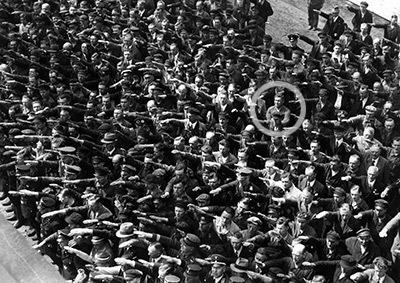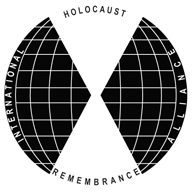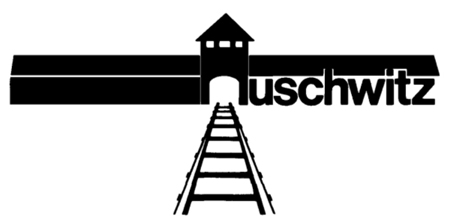

Access to the tool at the bottom of the page
 Three steps from racism to genocide
Three steps from racism to genocide
A digital interactive tool
The Camp des Milles is the only European internment and deportation camp still intact. Through a rich and compelling collection of displays, audiovisual pieces and illustrations, the 15000 m2 museography presents the complex history of the Camp des Milles, of the men, women and children who were interned there between 1939 and 1942, among them 2,000 Jews who were deported to Auschwitz-Birkenau.
The Camp des Milles Memorial Site intends to be a relevant link between the past and the present. Indeed to-day and to-morrow depend widely on people ability to understand on the one hand how the Holocaust happened and how similar human mechanisms may lead again to the worst, on the other hand how people are able to resist such dangerous spirals.
The Camp des Milles houses then a large history Museum with a strong focus on citizen education in an original “reflective section” fed with relevant results of a 12 years multidisciplinary research programme.
These results are based on a specific “convergence approach” on the common mechanisms (individual, collective and institutional) which have led to the worst crimes in the XXth century.
The museum’s action aims then to feed the vigilance and the responsibility in the face of the recurrent spirals of racism, anti-Semitism and extremism of any kind.

« Surrounded person:
August Landmesser, Blohm & Voss arsenal worker
Inauguration of the Horst Wessel a Nazi naval training vessel, Hambourg, June 13, 1936 »
Opened in 2012, the Memorial Site welcomes now more than 100 000 visitors, among them almost 60 000 students per year. Training sessions are also organised for police officers, firefighters, civil servants, NGO members, company managers, social workers, students and others.
Major points of analysis were drawn from the Holocaust historical process and could then be confirmed by the scientific analysis of processes having led to other great genocidal crimes, against Armenians, Sinti and Roma, Tutsis in Rwanda.
Such a “convergence approach” shows that the lessons from the Shoah are universal and provide keys for understanding some recurrent modes of mankind functioning. Therefore, we can say that the present can be precisely enlightened by historic experience and multidisciplinary analysis.
This “convergence approach” has been notably developed in a Unesco Chair “Education for Citizenship, Human Sciences and Convergence of Memories” (shared with Aix Marseille University and directed by Prof. Alain Chouraqui, president of the Camp des Milles Foundation).
The memory of Holocaust may then be « a reference for the present » and not only « a reverence to the past ». This specific approach points out some widespread individual factors (rejection of others, group effect, passivity, blind submission to authority, conformism, egocentrism, jealousy, fear…). It defines also the steps of the societal processes that combines with the individual factors to possibly lead to such crimes, on the basis of a common societal breeding ground.
In order to distribute and simplify this knowledge, the Memorial Museum summarizes it in a diagram made with the keywords which define each step towards the genocide (i.e. prejudices, passive majority, violence, authoritarian regime, mass murders…).
We do hope that this tool may eventually help people identify these steps -notably the beginning of the spiral- and resist before it is too late.
The following digital interactive tool was created by the Camp des Milles Fondation - Memory and Education, within a partnership with Auschwitz-Birkenau Memorial and Museum and with the support of the International Holocaust Remembrance Alliance and the Fondation pour la Mémoire de la Shoah. Its rationale is developed in the book “TO RESIST…the mechanisms of extremism, racism and anti-semitism”(Paris,2015) directed by Prof. Alain Chouraqui, CNRS Research Director emeritus.
Access to the interactive tool


